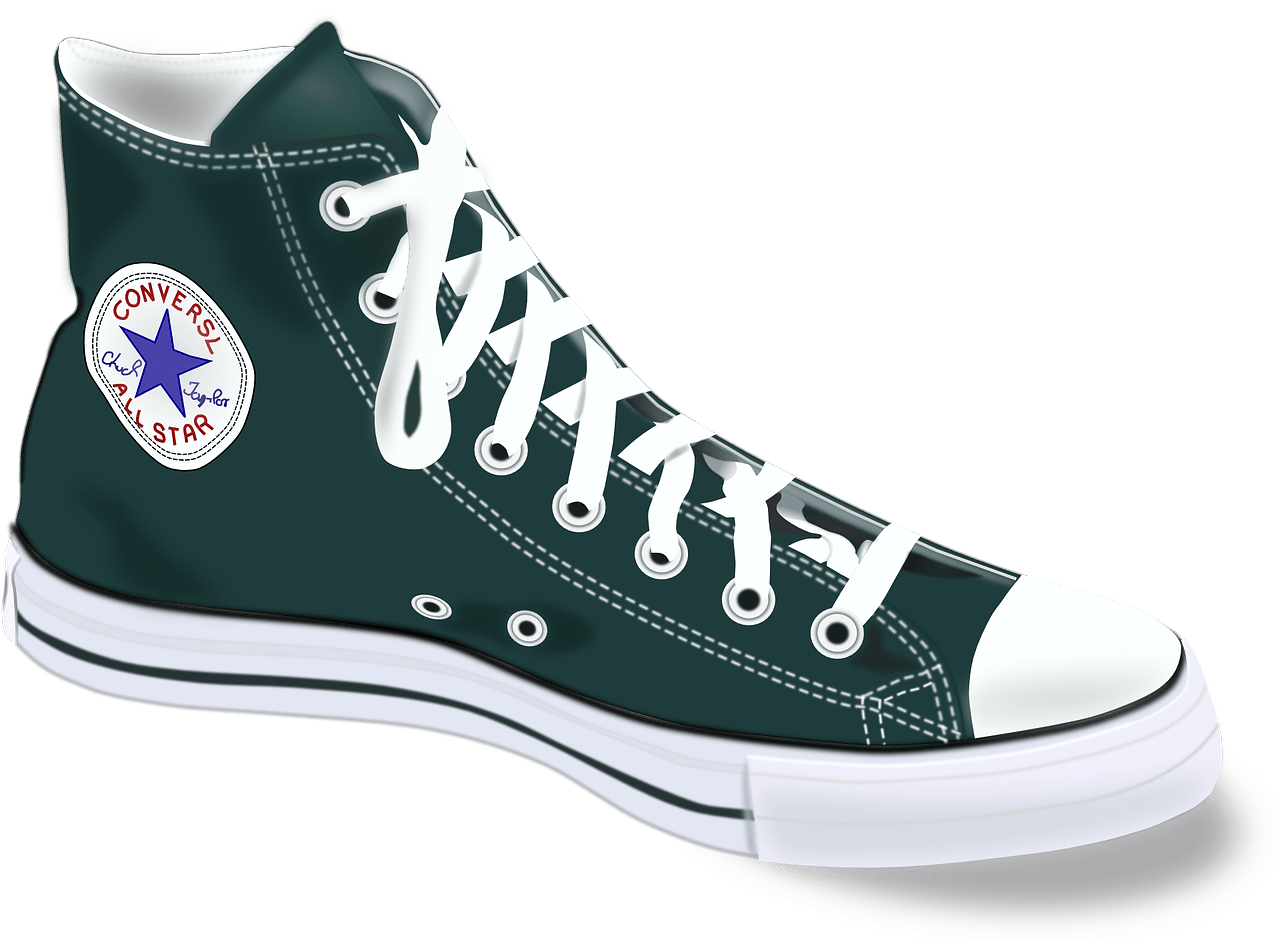Vans is one of the most iconic footwear brands in the world, known for its classic designs, high-quality construction, and association with skate and surf culture. Founded in 1966 in Anaheim, California, Vans started as a small, family-owned business focused on providing shoes for local skaters and surfers. Over the years, Vans has grown into a global brand, recognized for its unique style and influence on youth culture.
In this post, we’ll take a closer look at the history of Vans, exploring its early years, rise to fame, innovations, challenges, and legacy. From its founding as a small, regional brand to its status as a global lifestyle icon, Vans is the footwear of a generation, a symbol of freedom, creativity, and self-expression.
Early Years
The early years of Vans are rooted in the Southern California skate and surf scenes of the 1960s.
In 1966, Paul Van Doren, Jim Van Doren, Gordon C. Lee, and Serge Delia founded the company in Anaheim, California, with the goal of providing high-quality shoes for local skaters and surfers.
At the time, there were very few shoe options available for these communities, and Vans saw an opportunity to fill this gap with durable, comfortable shoes designed specifically for these activities.
Vans started as a small, family-owned business, with the founders actively involved in all areas of the business, from design and production to sales and distribution.
The early years were focused on building the brand and establishing a strong customer base in the local skate and surf communities.
One of the key factors in Vans’ early success was its focus on quality and innovation. The company used durable materials and construction techniques to create shoes that could withstand the demands of skateboarding and surfing.
At the same time, Vans was always experimenting with new designs and features, incorporating feedback from skaters and surfers to create the best possible products.
In the early years, Vans was primarily a regional brand, with a strong presence in Southern California and a growing customer base in the skate and surf communities.
However, the company’s dedication to quality and innovation would lay the foundation for its growth and success in the years to come.
Rise to Fame
Vans’ rise to fame can be attributed to a number of factors, including its association with punk and skate culture, its innovative designs and product offerings, and its expanding customer base.
In the late 1970s and early 1980s, Vans became closely associated with punk music, skateboarding, and surf culture, cementing its status as a symbol of youth and rebellion.
This association helped Vans reach a wider audience and gain recognition as a key player in the youth fashion and lifestyle markets.
Vans continued to expand its product line, introducing new designs and features that appealed to its growing customer base.
The company’s iconic “Checkerboard” pattern, first introduced in the late 1970s, became a staple of the brand and remains one of its most recognizable designs to this day. Vans also began collaborating with artists, musicians, and athletes, further increasing its visibility and influence in youth culture.
By the 1980s, Vans had grown into a global brand, with a presence in major markets around the world. The company continued to innovate, experimenting with new materials and designs, and expanding into new product categories, including apparel and accessories.
From its humble beginnings as a small, regional brand, Vans had become a household name, recognized as a leader in the footwear and youth lifestyle markets.
Innovations and Impact
The company’s early focus on durability and quality paved the way for new materials and construction techniques, and its commitment to design has influenced generations of footwear designers.
One of Vans’ biggest innovations was the introduction of the “Sturdy Shoes” line in the late 1970s. This line featured new materials and construction techniques, including reinforced soles and upper materials that could withstand the demands of skateboarding and other extreme sports. The “Sturdy Shoes” line was an instant success and became the foundation for Vans’ ongoing commitment to creating shoes for action sports.
Vans has also had a major impact on fashion and youth culture. The company’s iconic designs, including the “Checkerboard” pattern, have become synonymous with the brand and have been widely imitated by other footwear companies.
Vans’ collaborations with artists, musicians, and athletes have helped shape the company’s image as a leader in youth culture, and its association with punk, skate, and surf communities has made it a symbol of freedom and self-expression.
In recent years, Vans has continued to innovate and push the boundaries of footwear design.
The company has introduced new materials and features, such as eco-friendly materials and custom designs, and has expanded into new product categories, including clothing and accessories.
Challenges and Adaptation
Like many businesses, Vans has faced its share of challenges over the years. However, the company’s ability to adapt and evolve has been a key factor in its success.
One of the biggest challenges Vans has faced is competition from other footwear brands, both in the action sports and lifestyle markets.
In response to this challenge, Vans has continued to innovate and differentiate itself through its unique designs, collaborations, and marketing efforts.
Another challenge Vans has faced is the changing trends in fashion and youth culture. In order to stay relevant, the company has been proactive in responding to changing tastes and preferences, experimenting with new materials and designs, and expanding into new product categories.
Vans’ ability to adapt to changing trends has helped the company stay ahead of the curve and maintain its position as a leader in the footwear industry.
Vans has also faced challenges related to the global pandemic and economic uncertainty.
Vans has continued to invest in new technologies, materials, and marketing initiatives, and has expanded into new markets, helping the company stay ahead of the curve and maintain its position as a leading footwear brand.
Vans’ ability to adapt and evolve has been a key factor in its success, and has helped the company remain relevant and successful over the years.
Legacy and Future
The legacy of Vans is one of quality, innovation, and style. From its early days as a small Southern California shoemaker to its current status as a global footwear and lifestyle brand, Vans has left a lasting impact on the industry and has influenced generations of consumers.
The company’s iconic designs, including the “Checkerboard” pattern, have become synonymous with the brand.
Vans’ legacy extends beyond the footwear industry and into the wider world of fashion and youth culture.
The company’s association with punk, skate, and surf communities has made it a symbol of freedom and self-expression, and its collaborations with artists, musicians, and athletes have helped shape its image as a leader in youth culture.
Conclusion
In conclusion, Vans is a company that has made a lasting impact on the footwear industry and has influenced generations of consumers. Its commitment to quality, innovation, and style has made it a symbol of durability, self-expression, and youth culture.
From its early days as a small Southern California shoemaker to its current status as a global footwear and lifestyle brand, Vans has always been ahead of the curve and has continued to evolve and adapt to changing trends and challenges.
The company’s iconic designs, innovative products, and commitment to excellence have helped it build a strong brand and loyal customer base, and its continued growth and expansion are a testament to its success.
The legacy of Vans is one of quality, innovation, and style, and the company is well-positioned for a bright future.
Whether you are a fan of punk, skate, surf, or simply appreciate a good pair of shoes, Vans is a brand that will continue to influence and inspire for generations to come.








